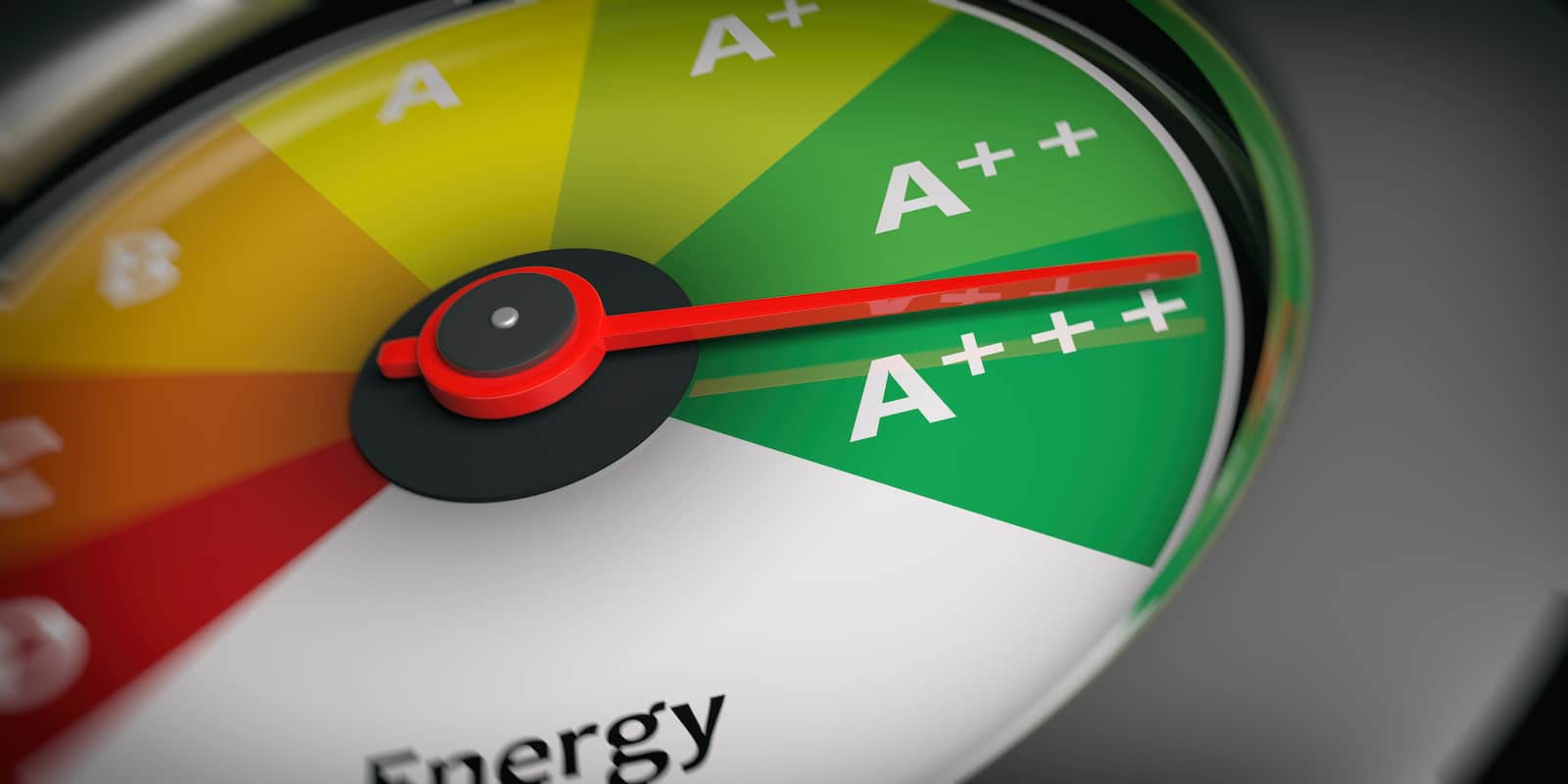A new year, a new energy directive for buildings. Over the festive period a political agreement on new rules for improving the energy performance of buildings was reached between negotiators from the European Parliament, the Council and the Commission. The new Energy Performance of Buildings Directive (EPBD) aims to renovate Europe’s entire building stock by 2050 in order to make it “nearly zero emissions.”
European Commission researchers calculated that the building sector alone consumes about 40% total energy used in the union. The investigation also confirmed that significant energy savings can be achieved in 75% of buildings, however only 0.4% to 1.2% of the EU’s building stock actually undergo renovations each year.
“Increasing energy-efficiency is a no-brainer: it’s one of the cheapest and most effective ways of reducing our energy consumption and contributing to our climate goals,” said Kadri Simson, Estonia’s economic affairs minister, who chaired the Council of the EU – where national governments meet. “Considering how much energy is consumed in buildings, getting this element right is crucial,” she added.
The Commission's proposal forms part of the implementation of the Juncker Commission priorities, specifically "a resilient Energy Union and a forward-looking climate change policy". The EPBD agreement signals the closure of the first of 8 legislative proposals part of the ‘Clean Energy for All Europeans’ package brought forward by the European Commission in November 2016. It also shows that the work towards the completion of the Energy Union is on the way and that the work initiated by the Juncker Commission is being delivered.
The broad set of improvements agreed include measures to strengthen the energy performance of new buildings, to accelerate the rate of building renovation towards more energy efficient systems and tapping into the huge potential for efficiency gains in the building sector, the largest single energy consumer in Europe. However, many believe that the directive does not go far enough, especially in regard to integrating electric vehicle systems into non-residential parking.
"As the first agreement on a proposal of the Clean Energy for All Europeans Package, this is a step in the right direction. But I would have preferred to see a more ambitious commitment to e-vehicles charging points for non-residential buildings,” said Miguel Arias Cañete, Commissioner for Climate Action and Energy.
“This would have been more consistent with our commitments under the Paris Agreement and the European clean mobility strategy. But the new buildings directive will help create local jobs, save consumers money and improve our quality of life. I now call on the European Parliament and the Council to show ambition and complete the rest of the proposals of the Clean Energy for All Europeans Package."

As with all climate action plans around the world, final agreements are a compromise between various stakeholders with a range of environmental and non-environmental priorities. Such a settlement undoubtedly leads to frustration on many sides but most environmentally minded stakeholders are content that while this is a small step, it does move the EU closer its energy and climate ambitions.
The agreement not only reduces harmful emissions but also gives confidence to investors in the clean energy technology and smart building markets, which in turn creates momentum in these important sectors. “We will also provide some much needed investor certainty by long-term planning and make use of all available tools for energy improvements – from financing support to building automation and inspections,” said Danish centre-right MEP, Bendt Bendtsen, who led the negotiations on behalf of the European Parliament.
“With this agreement, we take an important step to ensure that our buildings contribute to a decarbonised and energy efficient economy – to the benefit of both the climate and the wallets of European citizens and businesses,” Bendsten continued, highlighting that benefits go beyond climate concerns to also save money for the average electricity consumer through increased efficiency.
While they could go further by integrating e-mobility and smart grid developments, by focusing on buildings the EU is tackling their biggest environmental problem and creating a market that can more easily encourage further environment protecting initiatives. Maroš Šefčovič, Vice-President responsible for the Energy Union, left the negotiations with a positive message and set a challenge for the long climate battle ahead.
“The fight against climate change starts ‘at home’, given that over a third of EU’s emissions is produced by buildings. By renovating and making them smart, we are catching several birds with one stone – the energy bills, people’s health, and the environment. And as technology has blurred the distinction between sectors, we are also establishing a link between buildings and e-mobility infrastructure, and helping stabilize the electricity grid. Let’s stay on high gear.”
[contact-form-7 id="3204" title="memoori-newsletter"]



